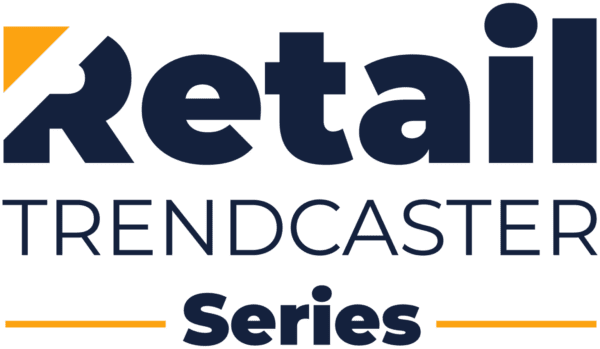The return of sweeping tariffs under the new administration has sent ripples through global supply chains, creating a landscape of uncertainty that businesses need to navigate carefully. While tariffs are not new, their unpredictability and impact have left businesses struggling to plan effectively.
With the lack of clarity on how long tariffs or potential trade policies will remain in place, what categories may be impacted next or how tensions over trade will evolve, retail supply chain professionals must rethink traditional strategies. Adding to this era of volatility is the latest wave of economic changes and recent natural disasters.
Moving beyond a reactive approach and building a proactive, strategic framework will result in a more agile and adaptable supply chain with enhanced operational continuity. Put simply, retail companies that use data-driven decision-making and composable solutions can stay ahead of rapid shifts and help their customers keep their promises, providing a competitive edge in service and dependability. Companies that fail to think proactively risk being left behind.
Build a Resilient High-Performing Supply Chain
Intelligent supply chain management systems empower organizations to proactively mitigate risks, optimize resources and drive efficiency through methodologies and technology. Having a framework will help supply chains not only survive disruptions but thrive in uncertainty.
Advertisement
Resilience is the foundation of a future-proof supply chain. Organizations that achieve this protect their bottom line, strengthen supplier relationships and maintain a competitive edge through composable, balanced data-driven solutions. More than reacting to disruptions, resiliency is about building the capability to anticipate, adapt and recover quickly.
Resilient retail supply chains can:
- Proactively identify vulnerabilities and anticipate disruptions before they occur.
- Adapt rapidly to new trade policies, tariff shifts and sourcing challenges.
- Recover quickly from unexpected disruptions without compromising efficiency.
- Create agile contingency plans and pivot swiftly in response to market fluctuations.
Composable – Flexible & Scalable
With uncertainty now the norm, supply chain systems designed with “all-in-one/one-stop-shop” models are slow to update, expensive to modify and cumbersome to scale. To keep pace with constantly shifting market conditions and priorities, companies must utilize foundational data for a nimble supply chain system that doesn’t need a long implementation cycle or extensive onboarding time.
Eliminating the need to rip out rigid, monolithic structures, composable platforms integrate with existing systems to provide a flexible, dynamic decision-making framework that optimizes operations for speed and continuity. A composable solution provides many operational benefits, including:
- Diversified sourcing and supplier integration: Reduce reliance on single-source suppliers and quickly onboard alternative vendors when disruptions occur.
- Rapid deployment for real-time response: When tariffs shift, suppliers fail or logistics networks collapse, an intelligent supply chain management solution can help organizations pivot sourcing strategies and reroute shipments immediately.
- Seamless adaptability: Businesses can reconfigure processes, integrate new suppliers and adjust inventory positioning in response to economic and geopolitical shifts.
Data-Driven: Backed by Agentic AI and Advanced Analytics
Supply chains should consider using algorithms in order to enable supply chain teams to automate decisions, freeing up resources for more strategic initiatives. Organizations can set rules for when human intervention is needed, balancing automation with expert oversight. These prebuilt, agentic AI-powered methods help companies achieve rapid ROI and deliver value faster than traditional planning processes. Benefits include:
- AI machine learning (ML) and predictive analytics to turn data into actionable insights.
- Automated, AI-powered adjustments: Advanced analytics predict disruptions and automate course corrections, keeping operations ahead of risk.
- Real-time scenario modeling: Run simulations to evaluate the impact of tariff changes, supplier shortages or transportation bottlenecks — before they happen.
Seamless Systems Integration
When evaluating supply chain management systems, ensure seamless integration across core functions so data-driven decisions are executed as efficiently as possible. Businesses can orchestrate inventory optimization, replenishment planning, demand forecasting and transportation strategy through a unified platform. By eliminating inefficiencies and aligning supply chain functions, this creates a system that operates with maximum agility and resilience. Other benefits include:
- The ability to adjust processes on demand—without disruption.
- Deploy new solutions in days, not months.
- Maintain operational continuity—no matter what challenges arise.
Antifragile: Growing Stronger Through Disruptions
To stay ahead of the volatility, look for flexible solutions where sourcing, production and distribution adjust dynamically to external forces. Using a data-driven approach will improve performance over time and predict potential risks, implementing contingency strategies before they escalate. Elements to look for in a solution include:
- Dynamic feedback loops: By continuously analyzing supply chain performance, every unexpected challenge refines decision-making models, making future responses faster and more effective.
- Automated exception management: Agentic AI-powered methods detect anomalies and automatically trigger corrective actions, reducing the need for manual intervention.
- Adaptive inventory positioning: Supply chains dynamically redistribute inventory in response to demand shifts, transportation bottlenecks and supplier delays — ensuring optimal stock availability without overcorrection.
Smarter Planning: Optimizing Inventory and Demand with Agentic AI and Machine Learning
Traditional inventory management operates on outdated assumptions, leaving businesses vulnerable to fluctuations, disruptions and unexpected costs. A supply chain management system that utilizes AI/ML and real-time analytics can transform inventory planning into an intelligent and responsive process. Benefits also include:
- Strategic stock positioning: Anticipate tariff changes and relocate inventory, minimizing cost exposure.
- Dynamic demand forecasting: AI continuously refines projections using real-time demand signals, macroeconomic shifts and historical trends, ensuring optimal stock levels.
- Intelligent inventory optimization: Balance service levels and working capital by optimizing safety stock and replenishment strategies based on real-world conditions.
- Automated sourcing adjustments: Predict supplier risks, transportation delays and global trade shifts, proactively adjusting procurement strategies before disruptions impact operations.
Collaboration and Visibility Optimized Across Multiple Objectives
True resilience also demands cross-functional coordination — not siloed decision-making. It’s important that all stakeholders operate from a single source of truth, creating seamless collaboration and rapid response capabilities. Breaking down silos and fostering true collaboration creates a more connected supply chain — ensuring businesses remain competitive, no matter the disruption. Coordination provides numerous supply chain benefits including:
- Real-time supply chain visibility: A centralized, single source of information gives teams full transparency into inventory, procurement, logistics and sales, allowing for coordinated, data-driven actions.
- Agentic AI-powered decision synchronization: Ensure every department is aligned with real-time insights, enabling supply chain teams to adjust replenishment, sourcing and fulfillment strategies on demand.
- Reduced errors and increased agility: Eliminate miscommunication between teams, suppliers and partners, reducing disruptions and improving execution.
- Multi-objective optimization: Balances agility and profitability, ensuring businesses can react quickly to uncertainty without sacrificing efficiency or financial stability.
The Time to Act is Now
Don’t let the tariffs and economic volatility dictate your supply chain strategy. Businesses that wait for clarity in the face of uncertainty will fall behind. Those that take decisive action — by building resilience, leveraging analytics and adopting agile strategies — will emerge as leaders in their industry.
As the VP of Solution Strategy at GAINS, Jeff Metersky leverages his extensive industry, software and consulting background to enhance the strategy, positioning, and vision of GAINS’ solutions, which enable data-driven decision making and continuous improvement for supply chain operations.






